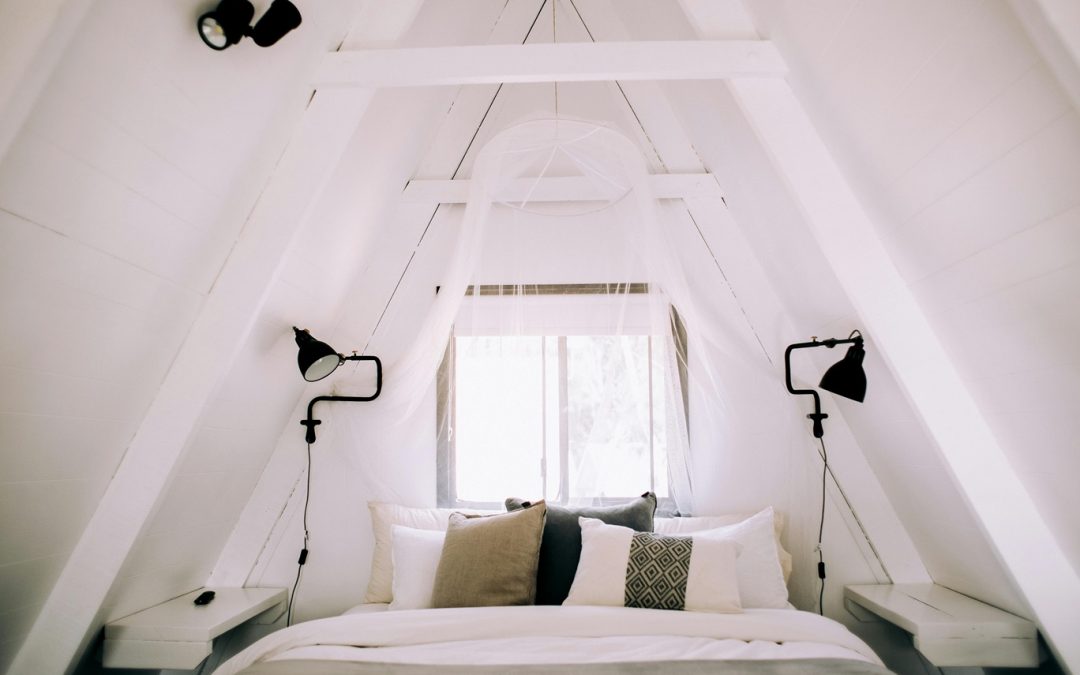Loft spaces often remain underutilized due to the challenge of accessing them. A well-designed loft ladder not only enhances accessibility but also contributes to the overall aesthetic and functionality of your home. Whether you’re converting your loft into a cozy retreat or simply looking for better storage options, choosing the right ladder is crucial. Here’s a comprehensive guide to help you navigate through the myriad of loft ladder designs available today.
Understanding Your Requirements
Before delving into specific ladder designs, it’s important to assess your needs:
- Frequency of Use: How often will you access your loft? Frequent use may require a sturdier, more user-friendly design.
- Space Constraints: Consider the available space around the loft entrance. This will influence the type of ladder that fits best—whether it’s a sliding, folding, or telescopic design.
- Aesthetic Preferences: Ladders come in various materials and finishes. Opt for one that complements your interior décor while being functional.
Types of Loft Ladders
Loft ladders can be broadly categorized based on their design and mode of operation:
- Folding Ladders: Ideal for compact spaces, folding ladders fold up into the ceiling hatch when not in use, maximizing floor space below. They are typically lightweight and easy to operate, making them a popular choice for residential lofts. Concertina loft ladders, known for their space-saving accordion-like design, are a great option for maximizing accessibility in tight loft spaces.
- Sliding Ladders: Sliding ladders function similarly to sliding doors, retracting horizontally into the loft space. They are known for their sleek appearance and ease of use, making them suitable for modern interiors.
- Telescopic Ladders: These ladders extend and retract in a telescopic manner, offering flexibility in height adjustment. They are compact and require minimal clearance space, making them suitable for tight spaces where a traditional ladder wouldn’t fit.
- Fixed Ladders: Fixed ladders are permanently attached to the loft opening, providing a stable and durable access solution. They are often preferred for lofts that are used frequently and require heavy-duty access.
Choosing the Right Material
The material of your loft ladder affects its durability, appearance, and maintenance requirements:
- Wood: Wooden ladders offer a classic look and blend well with traditional interiors. They are sturdy and provide good insulation but may require occasional maintenance to prevent warping or splintering.
- Aluminum: Aluminum ladders are lightweight, corrosion-resistant, and require minimal upkeep. They are suitable for modern homes seeking a sleek, contemporary aesthetic.
- Steel: Steel ladders are robust and long-lasting, making them ideal for heavy-duty use. They provide excellent stability but may be heavier and more expensive compared to other materials.
Safety Considerations
Safety should be paramount when selecting a loft ladder:
- Weight Capacity: Ensure the ladder can support the weight of the heaviest person likely to use it, along with any items they may carry.
- Grip and Traction: Look for ladders with anti-slip treads or grips on the steps to prevent accidents.
- Certifications: Check if the ladder meets relevant safety standards, such as EN 14975 (European standard for loft ladders) or ANSI (American National Standards Institute) standards.
Installation and Maintenance Tips
Proper installation and regular maintenance can extend the lifespan of your loft ladder:
- Professional Installation: Unless you have experience with DIY projects, consider hiring a professional to install the ladder to ensure it is secure and meets safety standards.
- Regular Inspections: Inspect the ladder periodically for signs of wear or damage. Tighten bolts and lubricate moving parts as needed to maintain smooth operation.
- Weatherproofing: If your loft is prone to temperature fluctuations or humidity, choose a ladder that is resistant to warping or rusting over time.
Maximizing Loft Space
Beyond functionality, your loft ladder can enhance the usability of your loft space:
- Integrated Storage: Some ladder designs come with built-in storage compartments or hooks, providing additional space to store items such as seasonal decorations or sports equipment.
- Foldable Platforms: Consider installing a foldable platform at the top of the ladder to provide a stable surface for stepping onto the loft floor, especially if the ladder extends directly into a living area.
Conclusion
Choosing the right loft ladder involves balancing functionality, safety, and aesthetic preferences. By understanding your specific requirements and exploring different designs and materials, you can select a ladder that not only provides convenient access to your loft but also enhances the overall appeal of your home. Whether you opt for a folding, sliding, telescopic, or fixed ladder, prioritize quality and safety to ensure a practical and long-lasting investment.
With these practical tips in mind, you’re ready to raise the roof—literally—with a loft ladder design that perfectly suits your home and lifestyle. Happy loft exploring!
Photo by Rachel Claire: https://www.pexels.com/photo/pillows-on-a-bed-in-a-bedroom-in-the-attic-6773783/

Recent Comments